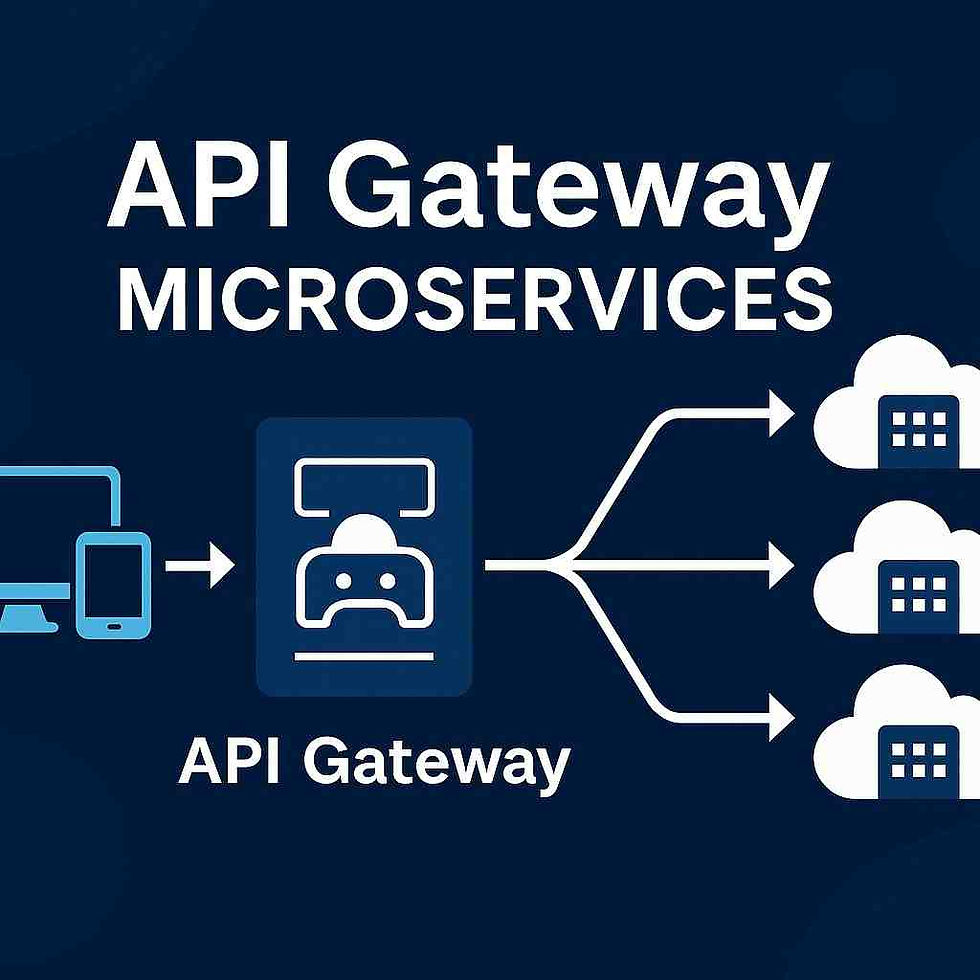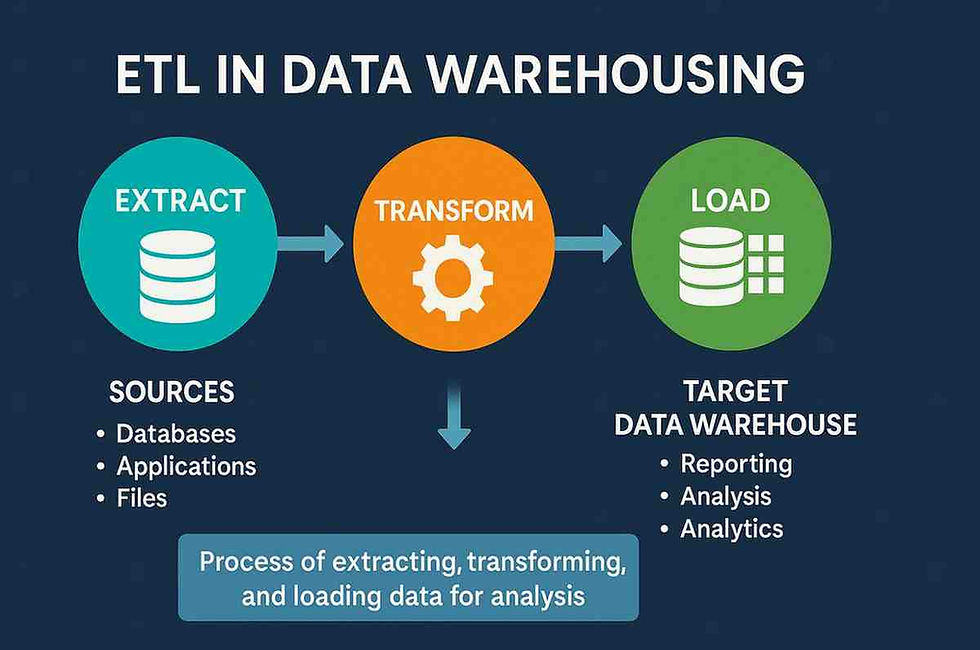Master API Test Frameworks: Your Ultimate Guide
- Gunashree RS
- Dec 30, 2024
- 4 min read
Introduction
API test frameworks are pivotal in today’s fast-paced software development environment. These frameworks streamline the process of testing APIs (Application Programming Interfaces), ensuring seamless communication between different software components. Whether you’re a beginner or an experienced developer, understanding API test frameworks is crucial for creating robust and reliable applications.
This article explores the world of API test frameworks, exploring their types, benefits, features, and how to use them effectively.

Understanding API Testing
What is API Testing?
API testing evaluates application programming interfaces to determine their functionality, reliability, performance, and security. Unlike traditional GUI-based testing, API testing focuses on the business logic layer of software architecture.
Key Components of API Testing
Request and Response Validation: Ensures that APIs send and receive accurate data.
Performance Testing: Verifies the speed and scalability of APIs under various conditions.
Security Testing: Checks for vulnerabilities and ensures data integrity.
Integration Testing: Confirms seamless communication between different software components.
Benefits of API Testing
Faster and more reliable testing process.
Early detection of bugs during development.
Ensures compatibility across different platforms and environments.
Types of API Test Frameworks
1. Data-Driven Frameworks
These frameworks separate test logic from test data, allowing testers to input various datasets for comprehensive coverage.
2. Keyword-Driven Frameworks
Focus on predefined keywords representing actions, making it easier for non-technical team members to participate in testing.
3. Behavior-Driven Development (BDD) Frameworks
BDD frameworks like Cucumber and Karate promote collaboration by using plain language to describe test scenarios.
Features of Effective Frameworks
Scalability: Supports growing projects and increasing workloads.
Ease of Integration: Compatible with CI/CD pipelines and other tools.
Customization Options: Allows for tailor-made solutions to meet project-specific needs.
Popular API Test Frameworks
1. Postman
User-friendly interface.
Supports automation with Newman.
Ideal for both beginners and experts.
2. RestAssured
Java-based framework for REST API testing.
Simplifies the process of validating HTTP responses.
3. Karate
Combines API testing with BDD.
Offers built-in support for JSON and XML validation.
4. JMeter
Open-source tool for performance testing.
Suitable for API load testing.
5. Apache HttpClient
Lightweight and efficient.
Best for basic API testing needs.
Choosing the Right Framework
Selecting the perfect API test framework depends on several factors:
Team Expertise: Opt for tools aligned with your team's technical skills.
Project Requirements: Match features with the complexity of your APIs.
Scalability and Integration: Ensure the framework fits into existing workflows and can grow with your project.
Setting Up an API Test Framework
Step 1: Installation
Step 2: Configuration
Configure settings to connect your APIs with the framework.
Step 3: Initial Setup
Set up test suites and scripts based on your application’s requirements.
Designing Test Cases
Define Objectives: Identify what you aim to test (e.g., functionality, security).
Write Clear Test Cases: Use descriptive names and avoid ambiguity.
Implement Reusability: Create reusable components to save time.
Best Practices for API Testing
Ensure Comprehensive Test Coverage: Test all possible scenarios.
Use Mock Servers: Simulate APIs to test independently.
Automate Repetitive Tasks: Save time and reduce errors by automating repetitive tasks.
Keep Documentation Updated: Maintain detailed documentation for future reference.
Challenges in API Testing
Dynamic Data Handling
APIs often return dynamic data, which can complicate testing. Use parameterization to address this issue.
Managing Dependencies
Isolate tests to minimize the impact of external dependencies.
Security and Authentication
Secure APIs with proper authentication mechanisms and test for vulnerabilities.
Debugging in API Test Frameworks
Log Analysis: Analyze logs to identify errors.
Debugging Tools: Leverage tools like Postman’s console or JMeter’s debug sampler.
Error Handling: Implement proper error handling in test scripts.
CI/CD Integration
API test frameworks play a vital role in CI/CD pipelines by automating the validation of APIs after every build. This ensures quicker releases without compromising quality.
Future of API Testing
Emerging technologies like Artificial Intelligence (AI) and Machine Learning (ML) are shaping the future of API testing. These technologies enhance predictive analysis, test generation, and error detection.
Tools for Performance Testing
Load Testing Tools: JMeter and Gatling.
Monitoring Tools: Tools like Grafana to monitor API performance in real time.
Conclusion
API test frameworks are indispensable for building reliable, scalable, and secure applications. By understanding the various types of frameworks and their features, you can choose the best solution for your projects. The future of API testing looks promising with advancements in AI and ML, making it an exciting field to explore.
FAQs
1. What is an API test framework?
An API test framework is a structured approach to automate API testing, ensuring functionality and reliability.
2. Why is API testing important?
API testing helps detect bugs early, ensures compatibility, and validates the reliability of software systems.
3. How do I choose the best API test framework?
Consider factors like team expertise, project complexity, and integration capabilities when choosing a framework.
4. Can API testing be automated?
Yes, many tools like Postman and Karate support automation for API testing.
5. What are the challenges in API testing?
Common challenges include handling dynamic data, managing dependencies, and ensuring security.
6. How do mock servers help in API testing?
Mock servers simulate APIs, allowing independent testing without relying on the actual API.
7. What is the role of CI/CD in API testing?
CI/CD integration ensures that APIs are tested automatically after every build, accelerating the development cycle.
8. Which tools are best for API performance testing?
JMeter, Gatling, and Grafana are excellent tools for API performance testing.
Key Takeaways
API test frameworks are essential for modern software development.
Choose a framework that aligns with your project requirements.
Leverage tools like Postman, RestAssured, and Karate for effective testing.
Integrate API testing into CI/CD pipelines for better efficiency.
Stay updated with advancements in AI and ML for future-proof testing.




Comments